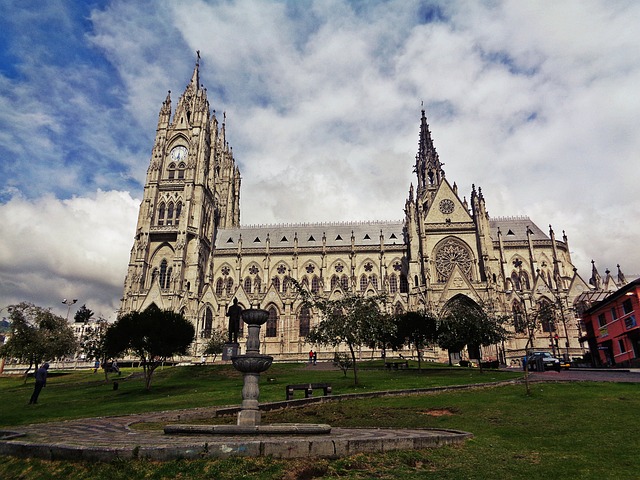Exploring the Art and Design of Neo-Gothic Architecture
Neo-Gothic architecture, often considered a revival of the medieval Gothic styles of the late Middle Ages, captivates the imagination with its intricate designs and emotive artistry. Emerging in the late 18th century, this architectural movement draws inspiration from the towering spires, ornate facades, and the dramatic play of light and shadow characteristic of its predecessors. It is a beautiful fusion of history and modernity, evoking a sense of nostalgia while simultaneously pushing the boundaries of artistic expression.
The Aesthetic Allure of Neo-Gothic
At its core, neo-Gothic architecture seeks to evoke strong emotional responses from its audience. The artistic elements often include pointed arches, intricate carvings, and elaborate stained glass windows that tell stories of faith, history, and human experience. Buildings such as the iconic Westminster Palace in London and the stunning Sainte-Chapelle in Paris showcase the grandeur and elegance that define this style. These structures not only function as public spaces but also serve as canvases for artistic storytelling, inviting observers to engage with the narratives embedded in their designs.
Design Principles of Neo-Gothic Architecture
One of the fundamental principles of neo-Gothic design is the emphasis on verticality and light. Towering spires and lofty ceilings create a sense of upward movement, fostering an atmosphere of transcendence. The interplay of light through stained glass amplifies this effect, filling the interiors with a kaleidoscope of colors that shift throughout the day, echoing the divine light of spirituality. Additionally, the use of natural materials—such as stone and wood—adds a tactile quality that connects the structures with their environment, grounding the ethereal essence of neo-Gothic architecture.
Reviving Tradition in Modern Times
In today’s architectural landscape, the neo-Gothic aesthetic continues to inspire new generations of architects and designers. Modern adaptations often blend traditional elements with contemporary practices, resulting in innovative designs that honor the past while meeting modern needs. Structures like the National Cathedral in Washington, D.C., showcase how neo-Gothic styles can be interpreted through a modern lens, preserving the emotional depth while embracing contemporary materials and technologies.
The Emotional Connection
As you walk through the halls of a neo-Gothic building, each curve and line seems to resonate with the stories of those who have walked before. This architectural style encourages not just admiration for its beauty but also a sense of belonging to something greater. The intricate designs and historical references spark a curiosity about the past and invite reflections on the present. Whether a visitor stands in awe of a towering cathedral or admires the delicate detailing of a civic building, the emotional impact of neo-Gothic architecture is undeniable.
In exploring neo-Gothic architecture, we find more than just a style; we uncover a profound engagement with art and design, an ongoing dialogue between history and contemporary expression that continues to inspire and captivate souls around the world.




